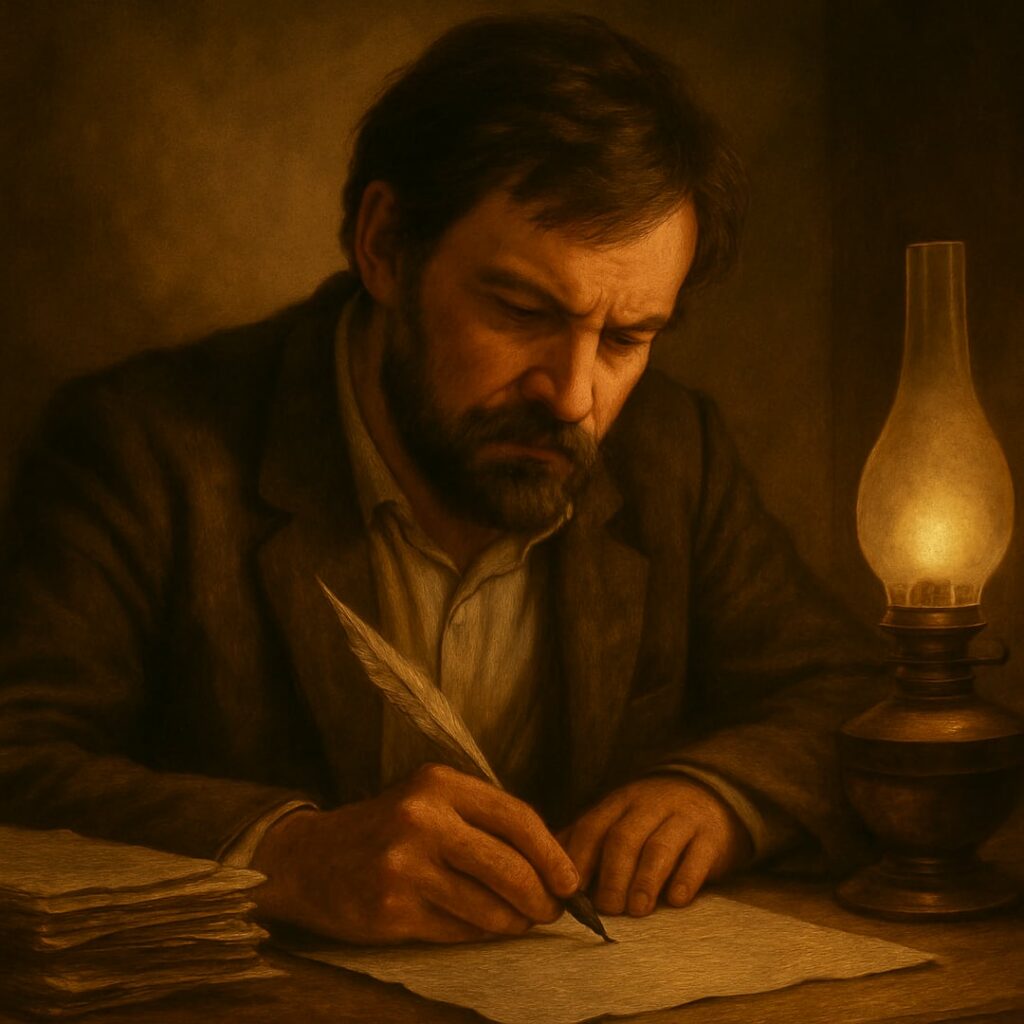The idea of using energy as an economic asset is not new. Back in the 19th and 20th centuries, Russian scientists and philosophers proposed concepts in which energy, knowledge, and labor formed the foundation of the economy. Today, in the age of digitalization and artificial intelligence, the HUMAS System advances these ideas — creating a new economic model where value is defined by human contribution and energy expenditure.
Russian thinkers and their contribution to the theory of energy as value
1. Sergei Podolinsky (1850–1891) — Energy-based theory of labor
- In his work “Human Labor and the Distribution of Energy” (1880), Podolinsky was among the first to frame economics through the lens of energy.
- He argued that human labor is the process of transforming solar energy into useful forms.
- This mirrors the HUMAS System, where value is created not through speculation, but through actual effort.
2. Alexander Chizhevsky (1897–1964) — Energy-information theory of civilization
- Studied the influence of solar activity on human behavior and economic cycles.
- Explored the relationship between energy flows and societal development.
- His ideas resonate with HUMAS System, which integrates biological and digital indicators to assess contribution.
3. Nikolai Kondratiev (1892–1938) — Energy waves and economic cycles
- Author of the long-wave theory, linking growth and crisis to technological shifts.
- Energy revolutions (coal → oil → electricity → nuclear) drove civilization forward.
- HUMAS System continues this idea, treating digital energy and human capital as the next wave of progress.
4. Vladimir Vernadsky (1863–1945) — The noosphere and biogenic energy
- Developed the concept of the noosphere — where human thought and knowledge become key resources.
- Saw humans as energy systems capable of transforming their environment.
- HUMAS System builds on this, digitizing knowledge and individual contribution.
5. Pyotr Kapitsa (1894–1984) — Energy efficiency and the economy
- Explored the challenge of converting energy efficiently.
- Linked future economic growth to the discovery of new energy sources.
- HUMAS System proposes resource allocation based on human energy and measurable contribution.
6. Alexander Bogdanov (1873–1928) — Tectology and societal energy
- Founder of Tectology — a precursor to cybernetics and systems theory.
- Introduced the idea of “energy-socialism,” where distribution is based on energetic efficiency.
- These principles are reflected in HUMAS System’s reward and motivation algorithms.
How does HUMAS System apply these ideas?
- Digitization of human capital: contributions are recorded and valued digitally.
- Blockchain transparency: every user sees and controls their data and value.
- Energy-based economy: value is created from real knowledge and effort.
- No speculation: the system is resistant to inflation and manipulation.
- Global access: participation is open, regardless of geography or status.
The ideas of Russian thinkers on energy, labor, and economics were revolutionary — but the technology to implement them didn’t exist at the time. Today, it does. HUMAS System turns those ideas into a real, functioning model: no illusions, no speculation — just energy, knowledge, and contribution.

